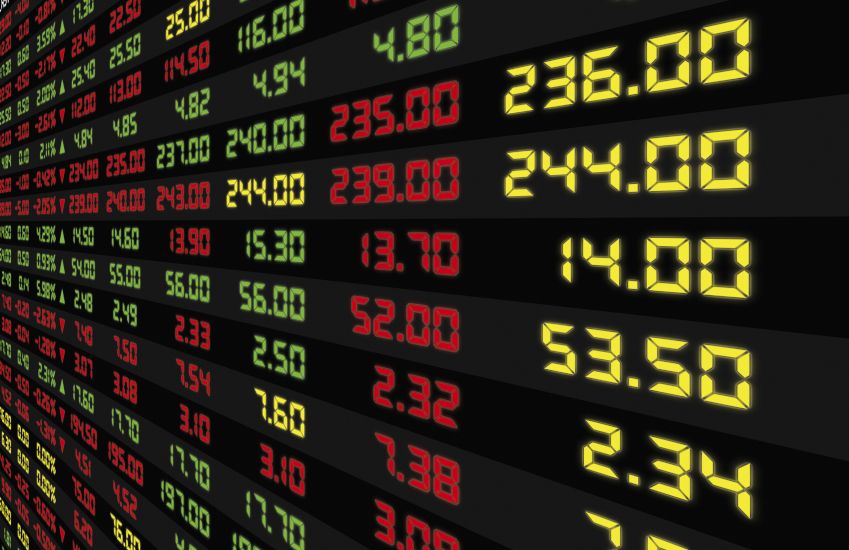Super funds post lowest returns since the GFC
FY22 was the third worst year for returns in the history of compulsory super.
The end of financial year result, as estimated by SuperRatings, came after the median balanced option suffered a 3.4 per cent decline in June amid global market turbulence.
According to the research house, the median growth option lost 4.4 per cent during June to be down 4.3 per cent for FY22, while the median capital stable option fell 1.7 per cent for the month and 2.7 per cent for the financial year.
“Funds have had a challenging second half of the financial year, dragging on a solid first half,” commented SuperRatings executive director Kirby Rappell.
“This was the 5th negative return for balanced options we have seen since the introduction of super 30 years ago; however, it follows the second highest annual return of 17.8 per cent in 2021. So, when you look at it over the last two years, members’ balances are up.”
So far this calendar year, the median balanced option has posted losses in every month except March, as markets became increasingly concerned about higher inflation and interest rates along with global supply chain difficulties stemming from the pandemic and the war in Ukraine.
After the challenging financial year, Mr Rappell drew attention to the significant benefits that Australia’s super system has delivered over the longer term.
SuperRatings estimated that $1 invested in the median balanced option when compulsory super came into force on 1 July 1992 would now be worth around $7.67 depending on fees.
“Superannuation is a long-term investment and funds continue to provide strong long-term returns on average and have outperformed the typical CPI+3.0 per cent investment objective,” noted Mr Rappell.
“When you consider that share markets are down around 10 to 12 per cent across Australia and globally, super funds have done well to prevent some of the steep falls that we have seen from being passed through to members’ super account balances.”
Mr Rappell also encouraged members not to panic and emphasised the importance of Australians establishing a long-term strategy for their super.
An individual with a super balance of $100,000 who chose to switch to cash from a growth or balanced option at the start of the pandemic would now be $35,000 to $45,000 worse off.
“Members should prepare for continued volatility with a rocky road ahead for investment markets. If you are not approaching or in retirement, keep in mind that all market movements in the short term are not the real story as you can’t access your money now,” Mr Rappell said.
“You only realise that loss if you switch investment options or take your money out, which would take away the opportunity to participate in any future recovery.”








